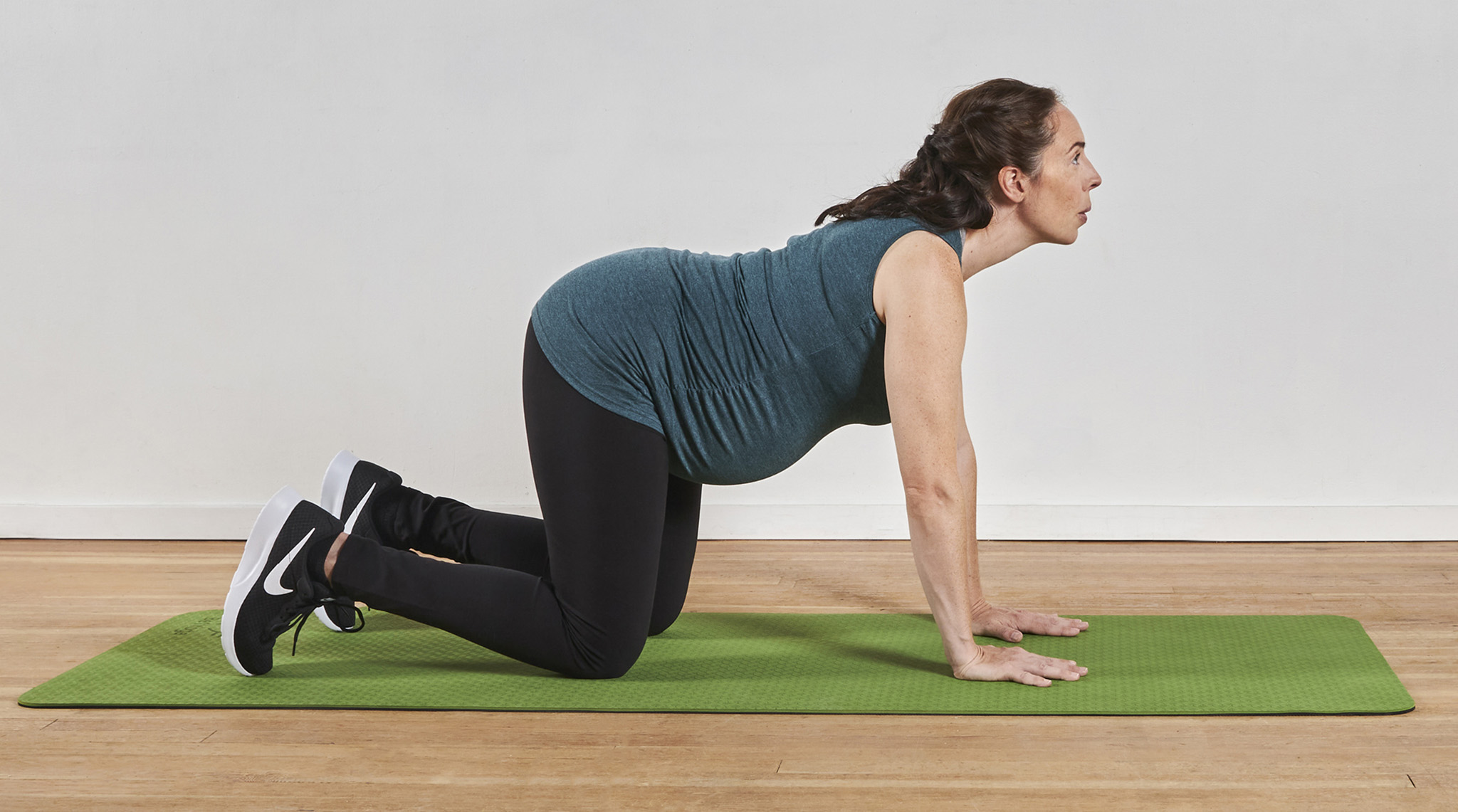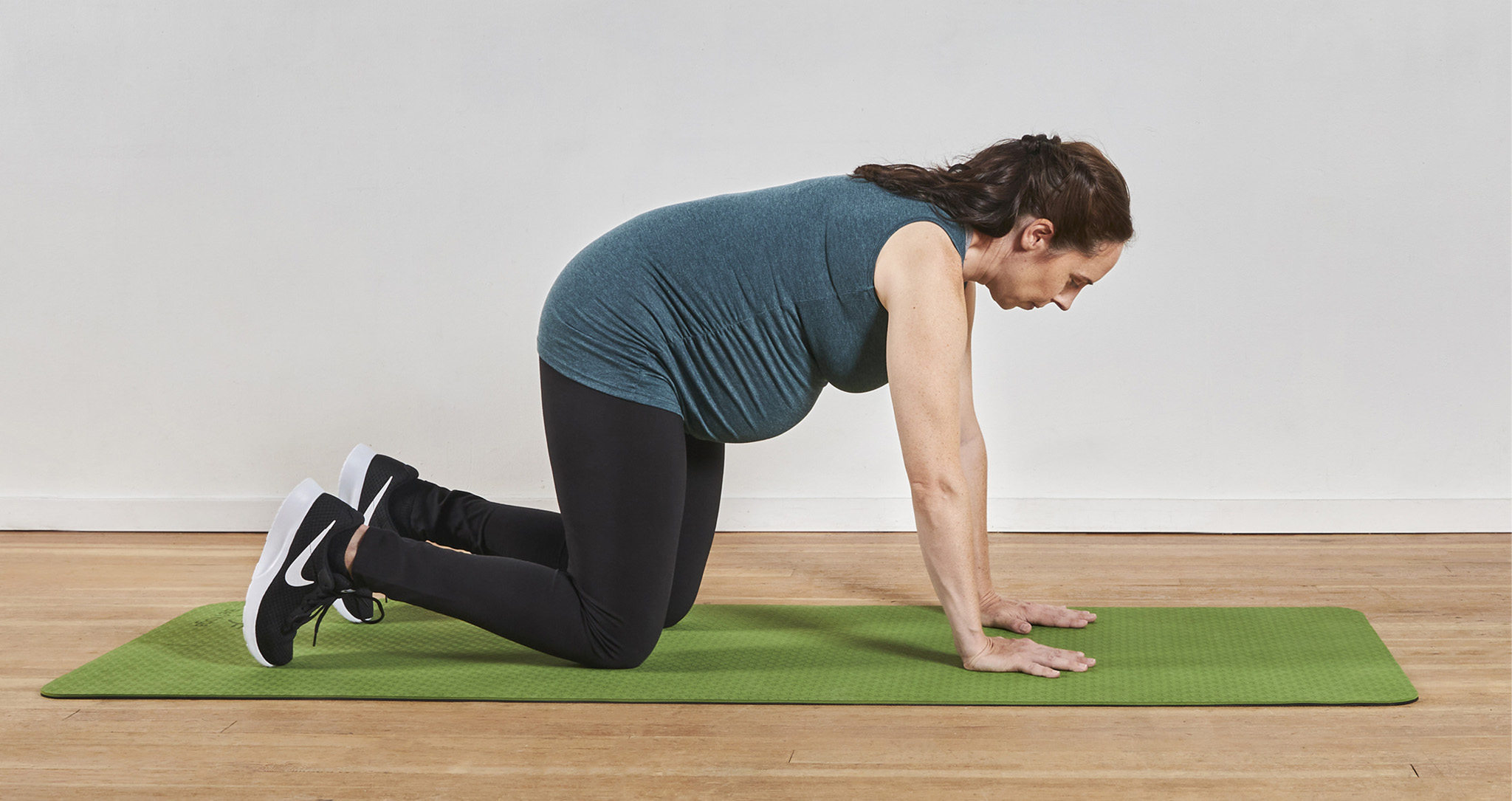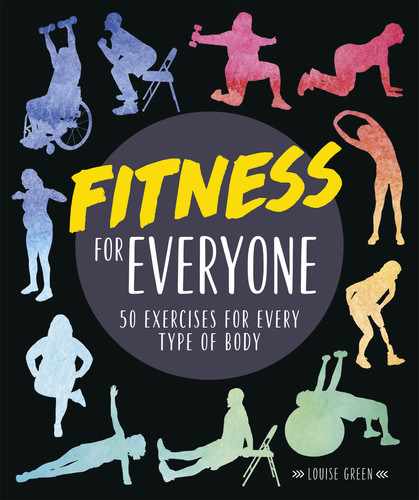BREATHING TECHNIQUES
When it comes to exercise, effective breathing can result in efficient performance. The more you move, the more oxygen you need. But it’s not just how much you move. You also need to consider the type of physical movement you’re performing and which breathing style best supports that.
Weight lifting
When weight lifting, inhale at the moment of least resistance and exhale at the moment of most exertion. For example, when performing a shoulder press, exhale when you raise the weights toward the ceiling. Then inhale as you lower the weights to your shoulders. Over time, as you lift heavier weights, exhale with more force.
Cardiovascular
There are some different schools of thought on cardio breathing. I recommend my clients to nose breathe to a certain point, then to mouth breathe when things get more intense. Deep breathing, no matter where it’s coming from, will help oxygenate the muscles and carry you through the workout longer. For example, when running in place, for every two to four strides, you should breathe in and out. When you first start running in place, inhale and exhale through your nose with every two movements. When you increase the intensity, inhale and exhale through your mouth with every two movements. (Even though this book includes a wide variety of cardio moves, try to maintain a full breath for every two symmetrical or near-symmetrical movements.)
Stretching
Breathing properly while stretching can greatly enhance your flexibility. Inhale slowly through your nose as you |go into a stretch, expanding your belly. Exhale slowly through your nose or mouth as you release the stretch. Inhaling as you find your way into the stretch and exhaling as you’re deepening into the stretch make the stretch more intense but also more effective. For example, with a side bend, with your arms raised toward the ceiling, inhale as you bend your torso to your left and reach as far as you can with your right hand. Exhale as you hold this position and deepen into the stretch by leaning in an inch or two more.
Isometric & balance
Many people hold their breath during isometric (static) and balance exercises. But keeping a steady flow of oxygen into the body makes an exercise more effective. For example, as you find your way into a plank and hold that position, breathe in deeply into the belly and breathe out steadily. This helps you maintain balance while ensuring you continue to get needed oxygen to the muscles that are helping you stay in the plank.


